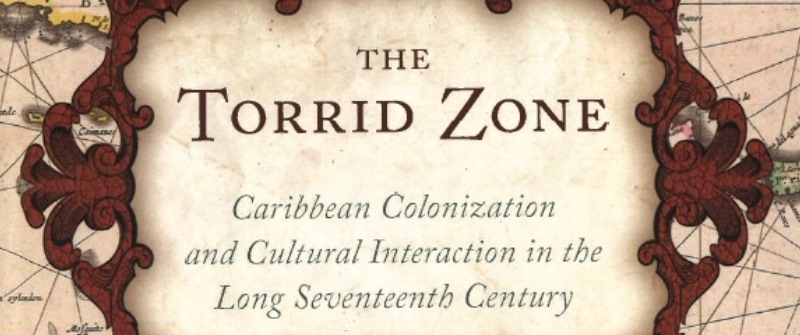
31 May New publication: ‘Second is best: Dutch colonization on the “Wild Coast”‘
‘Second is best: Dutch colonization on the “Wild Coast”‘, by Jessica Roitman, in Lou Roper (ed.), The Torrid Zone: Colonization and Cultural Interaction in the Seventeenth- Century Caribbean, pp. 61-75. Columbia, SC: University of South Carolina Press, 2018.
The Dutch wasted a great deal of effort on the area between the Orinoco and Amazon Deltas in the 17th century. While various trading posts and forts did manage to survive, at least 15 attempts at setting up colonies failed, and there may even have been more than these. Thus, this dismal history resulted in only one successful Dutch plantation colony on the Wild Coast: Suriname, seized from England, which was modestly successful because the infrastructure for successful plantation agriculture had already been put in place by the English. This infrastructure included not only the clearing of the land and the construction of houses, barns, sugar mills, and the laying of roads; it also meant that some sort of accommodation had been reached with the Amerindians. Lastly, it implied that there were enough ‘seasoned’ colonists – settlers with the immunities to the endemic diseases, knowledge of the region, and experience in practicing agriculture in the area – to keep the colonies going.
If you are interested in the article, please contact Jessica Roitman: [email protected].




No Comments